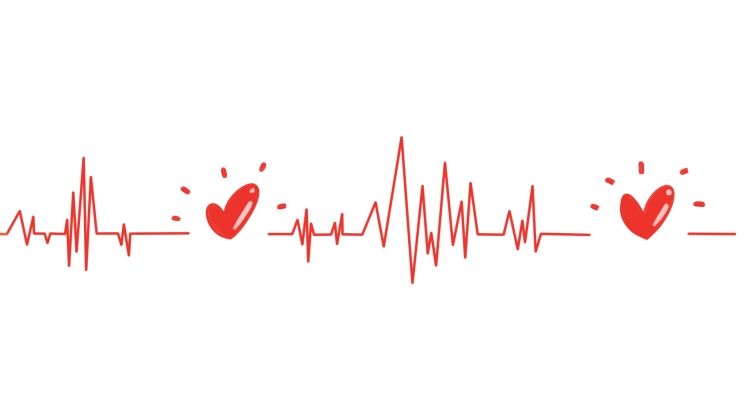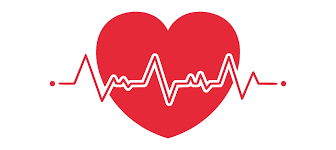Is a Higher HRV Better? The Truth About Heart Rate Variability
What Is HRV and Why Does It Matter?
HRV measures the subtle variations in time between your heartbeats. These millisecond differences are controlled by your autonomic nervous system, which regulates involuntary bodily functions.
Unlike your heart rate which counts beats per minute, HRV analyzes the spaces between those beats.
A higher HRV generally indicates better adaptability to stress and stronger recovery capacity. However, the relationship between HRV and health isn't always straightforward.
This article will explore whether higher HRV is universally better and how to interpret your personal HRV data.
The Science Behind HRV: Sympathetic vs. Parasympathetic Activity
Your autonomic nervous system has two main branches that influence HRV:
Sympathetic Nervous System (SNS): Activates your "fight or flight" response, preparing your body for action. This tends to decrease HRV by making heartbeats more regular.
Parasympathetic Nervous System (PNS): Controls your "rest and digest" functions, promoting recovery. This increases HRV by creating more variability between beats.
A healthy body constantly shifts between these two states throughout the day. Higher HRV typically indicates better balance and flexibility in this system.
Is Higher HRV Always Better? The Complex Answer
While higher HRV is generally associated with better health, there are important nuances:
1. Age-Related HRV Differences
HRV naturally declines with age. A 60-year-old with an HRV of 60ms might be healthier than a 20-year-old with 80ms when considering age-adjusted norms.
2. Athletic Adaptation
Elite athletes often have exceptionally high HRV scores (sometimes 100ms+), but this reflects specific cardiovascular adaptations rather than universally "better" health.
3. Context Matters
Your HRV should be interpreted relative to your personal baseline. A "good" HRV for you might be very different from someone else's optimal range.
4. Temporary Drops Can Be Normal
Even with generally high HRV, temporary decreases after intense exercise or during illness are normal and expected.
The Benefits of Higher HRV: What Research Shows
Numerous studies associate higher HRV with:
1. Better Stress Resilience
Individuals with higher HRV typically recover faster from stressful events, both physically and psychologically.
2. Improved Cardiovascular Health
Higher HRV is linked to lower risk of heart disease and better outcomes for cardiac patients.
3. Enhanced Cognitive Function
Research connects higher HRV with better focus, decision-making, and emotional regulation.
4. Faster Recovery From Exercise
Athletes with higher HRV generally recover more quickly between training sessions.
5. Longevity
Some studies suggest higher HRV may be associated with increased lifespan.
When Higher HRV Might Not Indicate Better Health
There are exceptions where very high HRV may not be optimal:
1. Certain Medical Conditions
Some arrhythmias can create artificially high HRV measurements that don't reflect true autonomic balance.
2. Overuse of HRV-Boosting Techniques
Excessive use of breathing techniques before measurements can create temporarily inflated HRV that doesn't reflect baseline physiology.
3. Medication Effects
Some medications may increase HRV without corresponding health improvements.
How to Interpret Your HRV Scores
Rather than chasing the highest possible number, focus on these principles:
1. Track Your Personal Baseline
Establish your normal range by measuring HRV consistently (preferably in the morning) for several weeks.
2. Look at Trends Over Time
Gradual increases in your baseline HRV over months typically indicate improving health and fitness.
3. Consider Contextual Factors
Account for sleep quality, stress levels, training load, and other variables when interpreting daily readings.
Evidence-Based Ways to Support Healthy HRV
These strategies can help optimize (not necessarily maximize) your HRV:
1. Consistent, Quality Sleep
Aim for 7-9 hours nightly with regular sleep/wake times.
2. Stress Management
Practice meditation, deep breathing, or other relaxation techniques daily.
3. Balanced Exercise
Combine aerobic, strength, and flexibility training with adequate recovery.
4. Anti-Inflammatory Nutrition
Focus on whole foods, omega-3s, and antioxidants while minimizing processed foods.
5. Hydration
Maintain proper fluid intake throughout the day.
6. Social Connection
Positive social interactions have been shown to support healthy HRV.
HRV Ranges: What's Considered Normal?
While individual baselines vary, these are general HRV ranges for healthy adults (measured using RMSSD in milliseconds):
Excellent: 70+ ms
Good: 50-70 ms
Average: 30-50 ms
Below Average: Below 30 ms
Remember these are rough guidelines - your personal optimal range may differ.
Conclusion: The Balanced Perspective on HRV
While higher HRV is generally associated with better health and performance, the pursuit of ever-higher numbers shouldn't become an obsession. The healthiest approach is to:
1. Understand your personal baseline
2. Support natural HRV through lifestyle habits
3. Interpret changes in context
4. Focus on overall wellbeing rather than a single metric
By maintaining this balanced perspective, you can use HRV as a valuable tool for monitoring your health without becoming overly fixated on the numbers.







BodyWave: Invest in Your Well-being!

